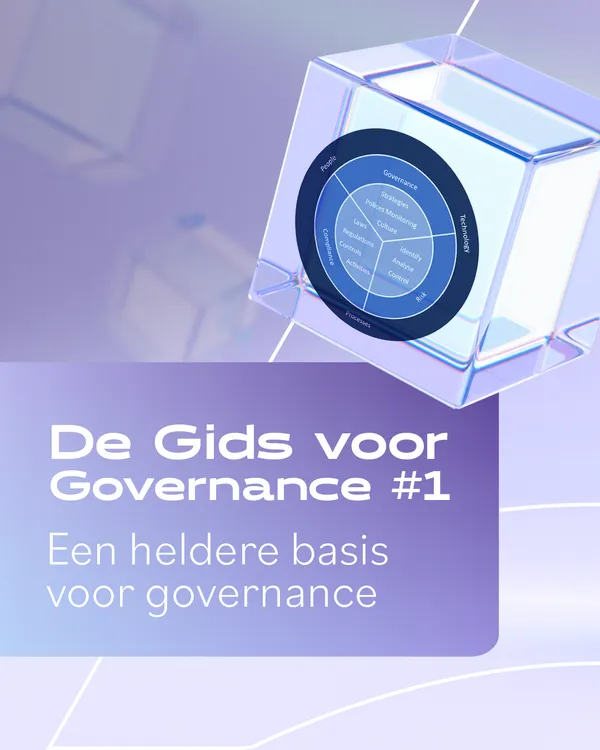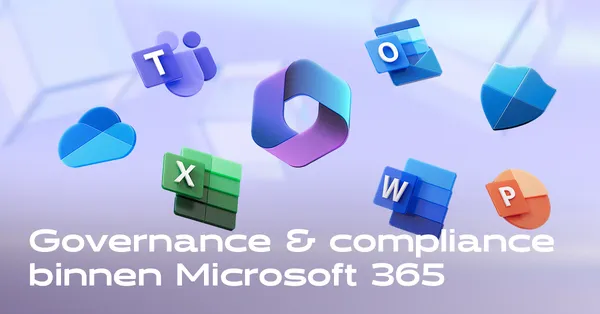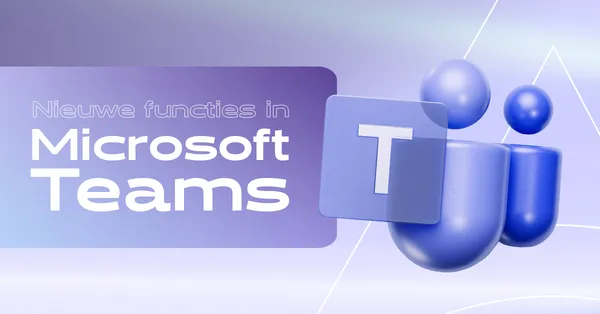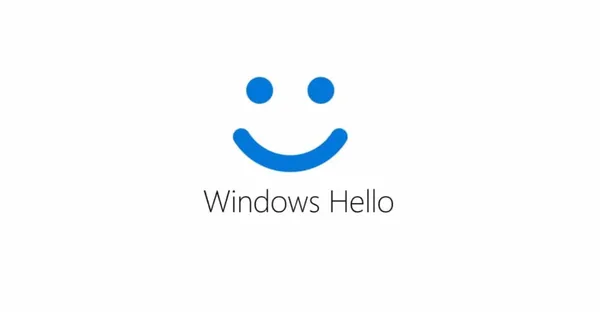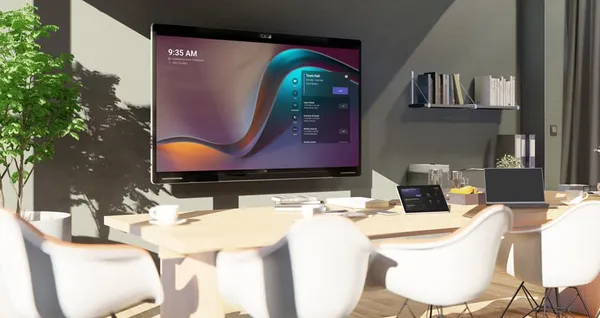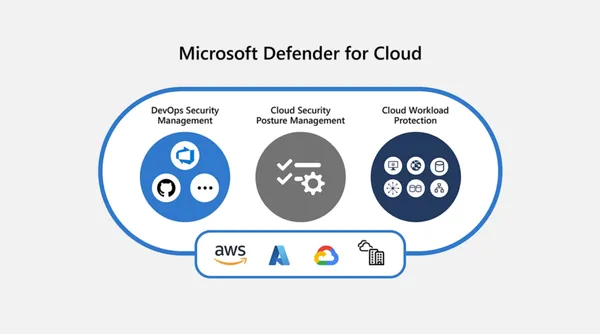
Knowledge base
October 12, 2022
Is Microsoft Azure Sentinel any good?
Every security-conscious organization needs a good SIEM platform, but not all SIEMs are built the same. Let’s take a look at Microsoft Sentinel to see how it stacks up.
Siem (Security Incident and Event Management) solutions are an important tool for understanding security data.
SIEMs process massive amounts of security log data and turn it into security alerts. These alerts are then prioritized for severity and help analysts detect incidents that might otherwise go unnoticed.
A SIEM platform collects data from various sources across your network. This data can determine the nature of an attack, its timeline and its impact on your business.
In this blog, we will explore Microsoft Sentinel, Microsoft’s cloud-native solution and a relative newcomer to the SIEM arena.
We will examine how it performs in key areas, as well as benefits and features unique to Sentinel.
Why use Microsoft Sentinel?
Your security operations center (SOC) needs a better-class SIEM today. Traditional SIEMs, especially on-premises solutions, are not as flexible. They need constant tweaking, expansion and redevelopment to function.
These adjustments are necessary to keep pace with your organization’s changing infrastructure and the pace of business operations in a cloud-based world. Most SIEMs must also be updated whenever a new threat is discovered to detect it within an organization’s network.
In almost all cases, traditional SIEM solutions are only able to capture log files from on-premises systems. They cannot monitor assets in the Cloud. For this reason, on-premises SIEMs are becoming obsolete.
Microsoft Sentinel is the first and to date the only cloud-native SIEM on the market. This unique status means it can leverage the power of cloud computing by default.
It is able to use powerful artificial intelligence (AI) tools and analytics for better decision-making at speed. This is crucial when it comes to security. Sentinel is cloud native and is infinitely scalable to your organization’s needs.
It is also much more than a SIEM solution. Sentinel is a powerful SOAR (Security Orchestration and Automation Response) platform that offers more security and functionality than its older SIEM predecessors.
Let’s take a closer look at Sentinel’s core SIEM features, how it performs as a next-generation SIEM and the benefits exclusive to the Sentinel solution.
Core functionality of SIEM
Sentinel has all the expected functionality of a SIEM platform, including:
Threat detection and warning
Sentinel has a robust threat detection platform. Once you have connected your data sources (more on that later), you want to know when an attack or incident occurs.
Sentinel provides ready-to-use, built-in templates to help you create threat detection rules.
Once it identifies a security event, it sends a security alert to the IT team in near real-time. The team can then investigate the event and determine if it is a potential breach for the company.
Compliance Report
Using Microsoft Sentinel’s workbooks feature, you can view all the data from your entire organization in one place, as well as the regulations your organization must adhere to.
Using workbooks, you can view the compliance status of each regulation to see which checks are failing and recommended actions to fix them.
This data can then be easily exported to Excel for presentation.
Real-time notifications
Sentinel uses advanced learning algorithms to detect anomalies and present them to analysts.
But what sets Sentinel apart is the speed of its alerts. Microsoft Sentinel works with something known as near-real-time (NRT) rules.
These are designed to run once per minute and record events recorded in the previous minute. This provides analysts with information that is as up-to-date as possible.
Data aggregation and normalization
Like its competitors, Sentinel pulls disparate data and log files from several disparate sources into one common repository.
However, because Sentinel is cloud-based, it can handle increasing amounts of data without experiencing storage or processing problems.
Sentinel can perform data normalization to a high standard, with predictable and consistent storage for all records. Normalizing data helps standardize your logs, making it easier to identify anything unusual.
It can index these records for faster searching and sorting of data. Speed is an important factor when investigating an incident.
Siem advantages of the next generation
So now that we know Sentinel can do everything a legacy SIEM solution can do, let’s explore some things you can expect from a next-generation SIEM platform.
Data collection and management
Sentinel has a large number of data sources to which it can connect.
Sentinel has more than 100 data connectors “out of the box,” with the ability to create custom resources to meet your organization’s individual requirements.
As you might expect, Sentinel easily connects to the broader Microsoft ecosystem, but it is not limited to just Microsoft software and the Azure platform.
Microsoft Sentinel can record and collect data from a large number of logging sources. These include, but are not limited to:
- Various cloud platforms such as Azure, AWS and Google Cloud
- On-premises networking and infrastructure
- Multiple Software as a Service (SaaS) applications
Cloud scaling
One of the biggest problems facing SIEM platforms is sifting through the vast amounts of security data that organizations produce every day.
This creates problems with storing, processing and analyzing that data. Traditional on-premises SIEMs struggle with this large amount of data and what to do with it.
However, because Sentinel is completely cloud-based, this is no longer a problem. There are no data storage silos to manage or protect – everything is done in the cloud.
This makes Sentinel infinitely scalable for your business.
Are you experiencing a period of growth? Sentinel grows with your organization and provides the same high level of protection.
Does your company need to downsize? Again, Sentinel scales to the size of your organization without losing protection or functionality.
Analysis of user and entity behavior (UEBA).
Other SIEM solutions use user behavior analytics (or UBA), but Sentinel goes a step further with user and entity behavior analytics.
Sentinel transforms raw data into meaningful insights to identify advanced attacks, enabling UBA to go beyond users and include other entities.
This means the analysis not only looks at user behavior, but also includes things like network devices and servers to give you the whole picture.
Security orchestration, automation and response (SOAR).
SIEM platforms typically throw out so many security alerts at such high volumes that a security operations center (SOC) can quickly become overwhelmed.
This can mean that incidents may go ignored or unnoticed, leaving your organization vulnerable to attacks.
With the added capabilities of a security orchestration and automation platform, Sentinel can use powerful machine learning algorithms to automate responses to the vast number of alerts and incidents your SIEM receives each day.
With such powerful automation, a fully configured Sentinel platform will reduce the number of false positives coming through the system.
This leaves your SOC free to investigate larger, potentially more dangerous incidents in more detail.
Automated attack timelines and research
Being able to compile the timeline of an attack or incident is crucial when it comes to investigation and response.
Again, the problem for many legacy SIEMs lies in the vast amounts of data they have to sift through and examine.
Because Sentinel is a next-generation SIEM platform, this is yet another process that can be automated, freeing your SOC team to investigate serious incidents more thoroughly.
Sentinel-only benefits
Sentinel is not the only next-generation SIEM on the market. However, it has a few Sentinel-exclusive tricks up its sleeve to separate itself from the package.
Sentinel is cloud native
As we mentioned above, Microsoft Sentinel is currently the only SIEM solution that is fully cloud-native.
Sentinel is built in the cloud and can use all the benefits of cloud computing.
Traditional problems such as storage and on-premises architecture are not a problem for Sentinel. It is flexible, scalable and has no storage limitations.
Because it is cloud native, it costs a fraction of an on-premises system because there is no infrastructure to maintain.
Easily activated extended detection and response (XDR)
Sentinel has a powerful SOAR by default, which automates many functions. This ensures that no alert is missed and frees up time and analytical power for more serious security events.
You can go even further and activate a comprehensive detection and response platform by integrating Microsoft Sentinel with Microsoft 365 Defender.
This provides an extra layer of security and gives you full coverage. A built-in XDR capability is an advantage unique to Sentinel at the time of writing.
Holistic integration with the Microsoft 365 technology stack
We have already seen that integrating Sentinel with the Microsoft 365 Defender suite can provide some unique security benefits.
However, it is worth noting that even without enabling the XDR capability, Sentinel’s integration with the Microsoft 365 technology stack creates a powerful and secure business platform.
The integration between Microsoft technologies is designed to work together holistically. Another SIEM works well with the Microsoft 365 technology stack, but not as well as Sentinel and not as completely.
Microsoft currently dominates the global market for key office suites technologies, with Office 365 controlling about 48% of the market as of February 2022.
So if you are using any of Microsoft’s Office 365 technologies, you are already well positioned to take advantage of Sentinel.
Market booth and reception
Since its launch in 2019, Microsoft Sentinel has made waves in the SIEM community and garnered many fans and acclaim from the industry.
It has also earned a reputation as one of the most complete security solutions available today, bundling a powerful SOAR solution into the platform.
And if that’s not enough, integration with Microsoft 365 Defender builds an incredibly powerful XDR platform that is hard for other companies to keep up with.
It regularly scores highly as a complete SIEM solution, with Gartner Peer Insights giving it a 4.5-star rating out of five.
Sentinel has cemented itself as a leading solution in the short time since its release. As Microsoft continues to develop the platform, Sentinel remains a key player in the SIEM space.
Conclusion
Microsoft Sentinel is a modern SIEM platform with next-generation SIEM capabilities.
Sentinel outperforms older SIEMs by leveraging the cloud and powerful AI and machine learning algorithms.
It is designed to work best within the Microsoft ecosystem and , in combination with other Microsoft technology stacks, provides holistic protection for your entire organization.
Outside the Microsoft arena, it still offers incredible protection and is highly compatible with third-party applications, log sources and other cloud platforms.
In other words, Sentinel plays well at home and with others.
It goes even further, with newer features and capabilities that reflect the growing acceptance of cloud technology.
Microsoft Sentinel works at scale and automates many processes to respond quickly. This helps reduce the administrative and analytical burden on your SOC team. The goal is to eradicate the widespread “alert fatigue” that regularly burns out security analysts.
When it comes to answering the question “is Sentinel any good?” the resounding answer is a simple “yes.
Main TakeAways
- SIEM platforms are critical to the overall health and security of an organization.
- Because of the large amounts of data SIEMs must handle, older SIEMs are no longer up to the task.
- Microsoft Sentinel is a next-generation SIEM. It does everything traditional SIEMs can do and more – and is currently the only cloud-native SIEM on the market.
- Sentinel is more than a SIEM. It is also a SOAR platform, adding additional security and automation to an already complete and robust solution.
- Sentinel regularly scores high with Gartner peer insights and has become the market leader despite being one of the newer solutions out there.
Source: kocho
Want to know more?

Related
blogs
Tech Updates: Microsoft 365, Azure, Cybersecurity & AI – Weekly in Your Mailbox.

